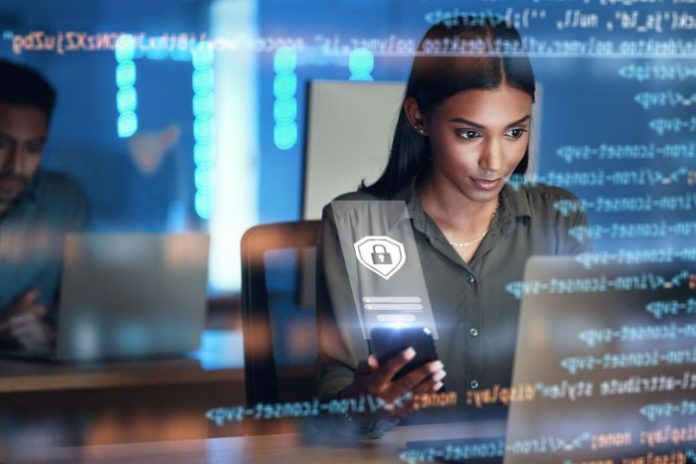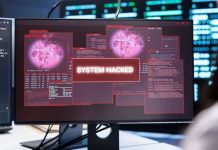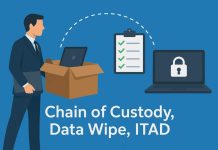The issue of cybersecurity is no longer exclusive to big companies in the digital economy. Cybercriminals now target small and medium-sized businesses (SMBs). These businesses are effortlessly targeted because of limited resources and underdeveloped security infrastructures. It is important to protect sensitive data, customer information, and day-to-day operations. This is not only to comply but also to build customer trust and keep the business running.
A good grasp of concepts like what is CTI (Cyber Threat Intelligence) is can enable businesses to better anticipate and react to changes in threats with essential cybersecurity.
Table of contents
Why Essential Cyber Security Matters for SMBs
SMBs tend to run their business on the untrue belief that their small size renders them less attractive to attackers. Smaller organizations might not spend much on security controls. Therefore, they are the most vulnerable to ransomware, phishing, and data breaches by cybercriminals. A single attack can result in major loss of finances, reputation, and operation.
One may think that SMBs only serve to keep assets and customer data safe. However, they also foster trust, ensure regulations are met, and ensure sustainable future growth. It is not only about risk prevention. Investing in powerful cybersecurity means determining the future of the company. The safety of confidential information, customer confidence, and corporate practices is a priority area. Therefore, investing in cybersecurity is essential.
Core Cyber Security Practices Every SMB Should Implement
1. Employee Training and Awareness
Humans are also the most common cause of cyber-attacks. Frequent training on ways to identify phishing emails, strong passwords, and secure ways of browsing can greatly minimize risks. The establishment of a culture of cyber awareness makes all the team members play a part in defending the business.
2. Strong Password Policies and Multi-Factor Authentication (MFA)
Use complicated, distinctive passwords and, where feasible, activate MFA. This is a very easy but effective step. It ensures that even in the event of a breach of credentials, attackers cannot easily crack into systems or accounts.
3. Regular Software Updates and Patch Management
Criminal hackers often use the systems. Keeping software applications and operating systems updated will seal loopholes that would otherwise be used to unlawfully gain entry.
4. Data Backup and Recovery Plans
It is necessary to have a tested backup strategy. To provide the ability to quell ransomware attacks or system failures, backups must be on-site and off-site. Alternatively, they can be in the cloud. This approach provides the capability to restore critical business information quickly.
5. Secure Wi-Fi and Networks
Wi-Fi in business is supposed to be encrypted, unseen by any outsider, and secured with a strong password. In the case of remote employees, virtual private networks (VPNs) can be used. This ensures secure links with the outside world.
6. Access Control and Least Privilege
All the business systems must not be accessible to every employee. Role-based access and limiting access to necessary data help mitigate insider threats or accidental data exposure.
7. Incident Response Planning
Preparation is key. Develop a response plan for incidents, including isolating compromised systems and notifying stakeholders. Restoring data should also be part of this plan. It is good to practice this plan regularly. Therefore, your business can act promptly when the need arises.
Leveraging Cyber Threat Intelligence
This is because the best strategy SMBs can employ is through cyber threat intelligence. Identifying potential threats, attack patterns, and vulnerabilities lets organizations proactively enhance their security. They can then respond more effectively in the event of an attack.
Cybersecurity is an Ongoing Commitment, not a One-Off Project
For small and medium-sized enterprises, time invested in correct practices would save countless expenses and anxiety. A layered approach to security is necessary. It ensures access is highly controlled with staff training, extensive backup plans, and informed decision-making via CTI. These practices, integrated into everyday activities, ensure SMBs secure their data. This helps in maintaining customer trust and meeting the demands of the current digital environment.











